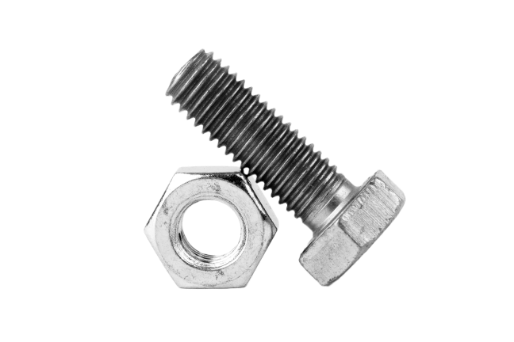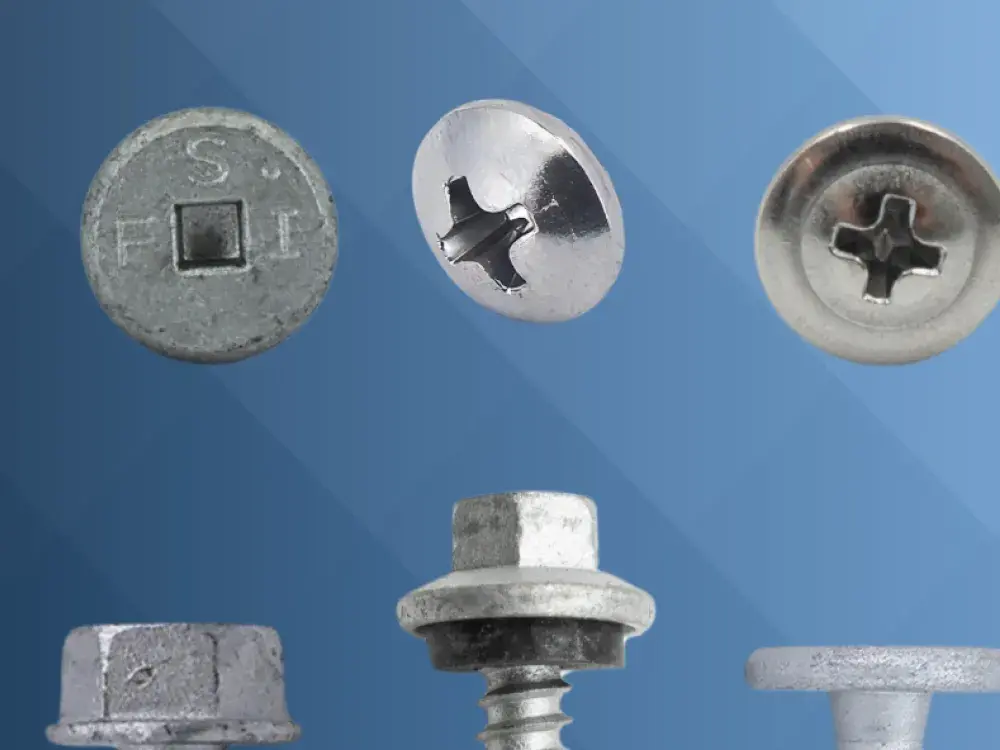
Choosing the right screw head type is a key step in completing projects efficiently and effectively. With so many types of screw and bolt heads available, it’s important to understand their unique features and applications. This guide examines the most common options, their uses, and how to pair them with the appropriate drive styles for optimal results.
The Types of Fastener Heads
Screw and bolt heads are the interface between the fastener and the tool used to drive it. Their design determines how a screw interacts with materials, ensuring secure fastening and a professional finish. From flat to pan heads, each design has unique characteristics that suit different materials and project needs.
Why There Are So Many Types of Screw Heads
The variety of screw head types reflects the wide-ranging demands of construction, manufacturing, and DIY projects.
- Each head type addresses specific needs, such as maximizing tool efficiency, accommodating material properties, or enhancing appearance.
- For example, flat heads are ideal for creating flush surfaces in metal applications where a low profile is needed while hex heads are built for high-torque tasks in construction.
- This specialization ensures screws perform reliably in every application, from securing delicate materials to handling heavy loads.
Now that we’ve covered the basics, let’s explore the various screw and bolt head types and how they’re used in different projects.
Popular Screw and Bolt Head Types and Their Uses
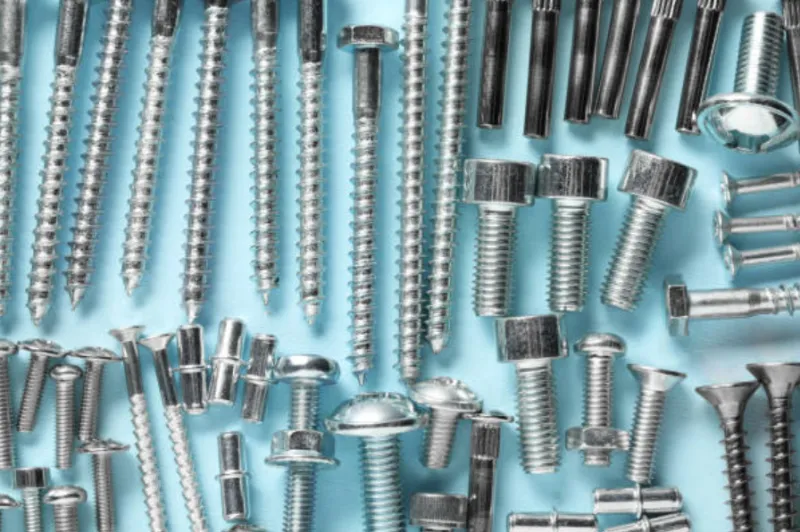
Screw and bolt heads come in a variety of designs, each tailored to meet specific functional and aesthetic requirements across different projects.
Flat Head (Countersunk)
Flat heads, also known as countersunk screws, are designed to sit flush with the material’s surface. This creates a seamless look and prevents snagging, making them a top choice for fastening to metal, HDPE, composites, frp etc. These types of screw and bolt heads are often paired with Phillips or Torx drives to ensure precise fastening.
Round Head
Round heads protrude above the material’s surface, creating a domed profile. They are commonly used in electrical work or when attaching thin materials. These types of screw heads provide a larger bearing surface, distributing force evenly to reduce material damage.
Pan Head
Pan heads feature a slightly rounded top with a flat underside. Their wider contact area makes them versatile for both wood and metal applications. As one of the most popular types of screw and bolt heads, they are ideal for tasks requiring moderate holding power while minimizing overdriving risks.
Oval Head
Oval heads combine the flush profile of flat heads with the decorative appeal of a domed top. These screw head types are commonly found in decorative applications where the fastener will remain visible but needs to blend aesthetically with the material.
Truss Head
Truss heads are wide and low-profile, offering excellent coverage for thin materials. These types of screw and bolt heads are often used in Insulated metal panel applications and situations where preventing pull-through is critical. Their broad bearing surface reduces stress on the material.
Hex Head
Hex heads are designed for high-torque applications. They are one of the most durable types of screw and bolt heads, frequently used in construction and heavy-duty projects. Their compatibility with wrenches and sockets makes them ideal for securing heavy loads.
Pancake Head
Pancake heads are exceptionally low-profile, featuring a broad, flat bearing surface that offers excellent load distribution. Their thin design makes them ideal for applications where clearance space is minimal, such as attaching roofing or metal framing. Pancake heads pair well with Phillips, Torx drives and square providing secure fastening without protruding significantly from the surface.
Button Head
Button heads offer a sleek, low-profile design with a rounded top. They are widely used in furniture assembly and industrial design, providing a balance of aesthetics and functionality. These types of screw heads deliver reliable holding power while maintaining a clean appearance.
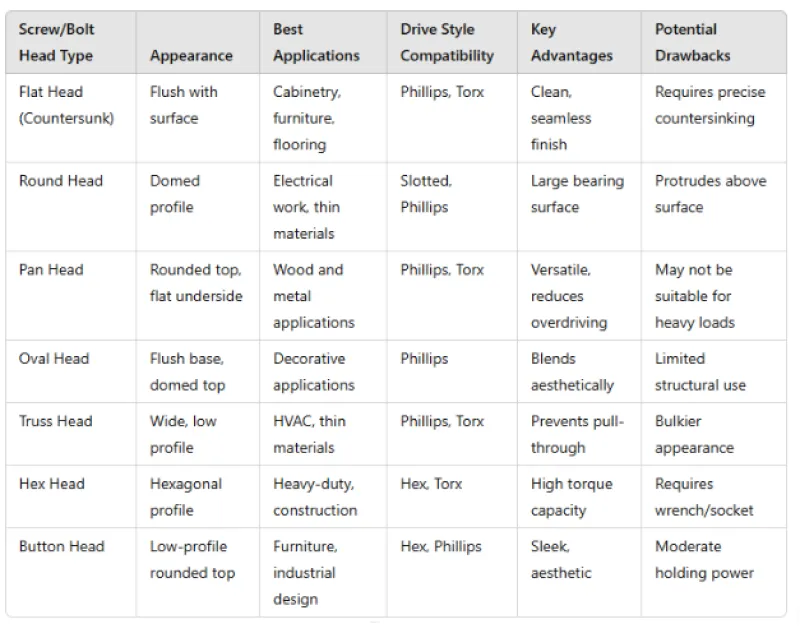
Each of these types of screw and bolt heads serves specific purposes, ensuring there's a solution for every fastening need.
Additional Fastener Head Types and Their Applications
While common screw head types like flat, pan, and hex heads cover a wide range of uses, there are several less common types that serve specialized purposes:
- Bugle Head: Featuring a rounded, tapered design, bugle heads are commonly used in drywall installation. Their shape prevents damage to the surface material by distributing force evenly.
- Cheese Head: Recognizable by its cylindrical shape with a flat top, cheese heads are often used in electrical and mechanical applications where a smaller head profile is required.
- Fillister Head: Similar to cheese heads but with a slightly higher profile, fillister heads provide a larger bearing surface. They are used in precision machinery or areas requiring greater torque without compromising material integrity.
- Wafer Head: is a fastener with a wide, flat head that spreads pressure evenly, preventing pull-through. It’s often used in construction and light-gauge metal applications for a low-profile, secure hold.
- Hex Washer Head: is a fastener with a built-in washer under a hex-shaped head. This design provides a strong grip, distributes load evenly, and allows for easy driving with a wrench or hex driver, making it common in construction and metal-to-metal applications.
- Fastseal: is a self-sealing fastener with an integrated washer and sealing element. It’s designed to create a tight, leak-resistant seal while fastening, making it ideal for applications exposed to moisture, air, or environmental elements.
The compatibility between drive styles and screw or bolt heads plays a key role in achieving secure and efficient fastening across different tasks.
Matching Drive Styles with Screw and Bolt Heads
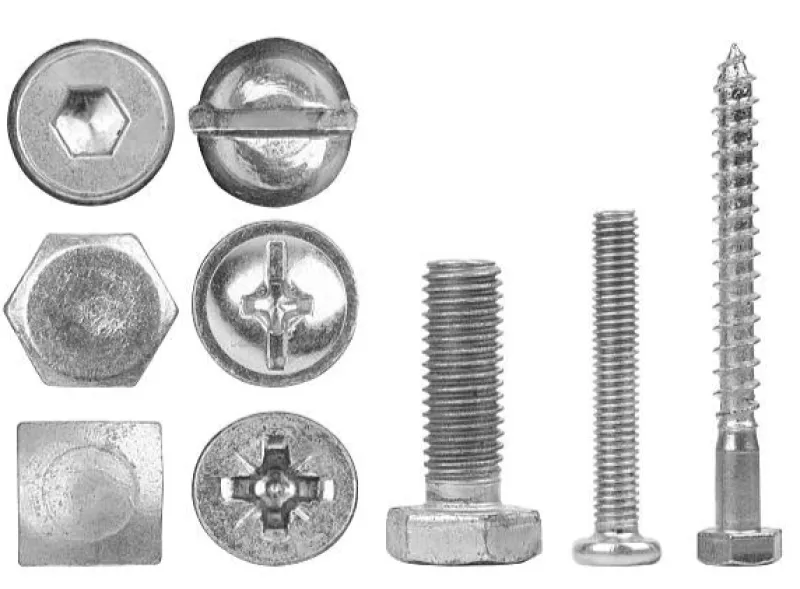
Different drive styles are designed to work seamlessly with specific types of screw and bolt heads, providing the necessary grip and torque for efficient fastening.
Slotted Drive
Slotted drives feature a single groove across the head and are among the simplest designs. They are often paired with flat and round heads but are prone to slippage under high torque, making them best suited for lighter applications.
Phillips Drive
Phillips drives have a cross-shaped recess that provides improved torque application and reduces slippage. These drives are compatible with countersunk, pan, and oval heads, making them a reliable choice for a wide range of projects.
Torx Drive
Torx drives, characterized by their star-shaped pattern, provide exceptional torque transfer and minimize cam-out. They are frequently used with flat, truss, and hex heads in demanding applications like construction and automotive work.
Hex Drive
Hex drives are designed for Allen wrenches or hex keys, offering excellent grip and torque. These drives pair well with hex, button, and flat heads, especially in confined spaces or heavy-duty tasks.
Robertson Drive
The square-shaped recess of Robertson drives ensures a strong grip and reduces slippage. These drives are commonly used in woodworking and are compatible with pan and oval heads for enhanced stability.
Square Drive
Additional Drive Types and Their Uses
Beyond common drive styles like Phillips, Torx, and slotted, other drive types are specifically designed for enhanced performance or security:
- Pozidriv Drive: An upgraded version of the Phillips drive, Pozidriv drives have additional radial grooves that reduce cam-out and provide better torque transfer. They are often found in applications requiring high precision, such as in appliances or automotive parts.
- Tri-Wing Drive: With three radial "wings" extending from the center, Tri-wing drives are primarily used in electronics to deter tampering. Their unique design makes them ideal for securing sensitive components.
- Spanner Drive: This drive style has two round holes on opposite sides of the screw head, requiring a specialized tool. It is frequently used in security applications where tamper resistance is critical.
- Square Drive: (also called Robertson drive) is a screw drive style with a square-shaped recess in the head. It provides a strong grip between the screw and driver bit, reducing slippage (cam-out) and allowing higher torque with less effort. This makes it especially popular in woodworking and construction where secure, efficient fastening is needed.
Matching the correct drive style with the types of screw and bolt heads you choose ensures smoother installation and greater efficiency.
Factors to Consider When Choosing Types of Fastener Heads
When deciding on the right screw or bolt head, take the following factors into account:
- Material: Wood often requires flat or pan heads, while metal surfaces benefit from hex or Torx heads for better grip.
- Aesthetics: Decorative finishes typically involve countersunk or oval heads, ensuring the screws blend seamlessly with the surface.
- Tool Availability: Ensure the types of screw and bolt heads you choose are compatible with your tools to avoid complications during installation.
- Environment: For outdoor or corrosive conditions, opt for screws with weather-resistant coatings or stainless steel construction.
Carefully considering these factors will help you select the best screw head type for your specific project.
Explore the Full Range of Screw and Bolt Heads at Fastener Systems
Fastener Systems offers a wide selection of screws designed for durability, precision, and versatility. Whether you need flat heads for a smooth finish or hex heads for heavy-duty applications, you’ll find the right fastener for your needs. Contact us today for more information.
